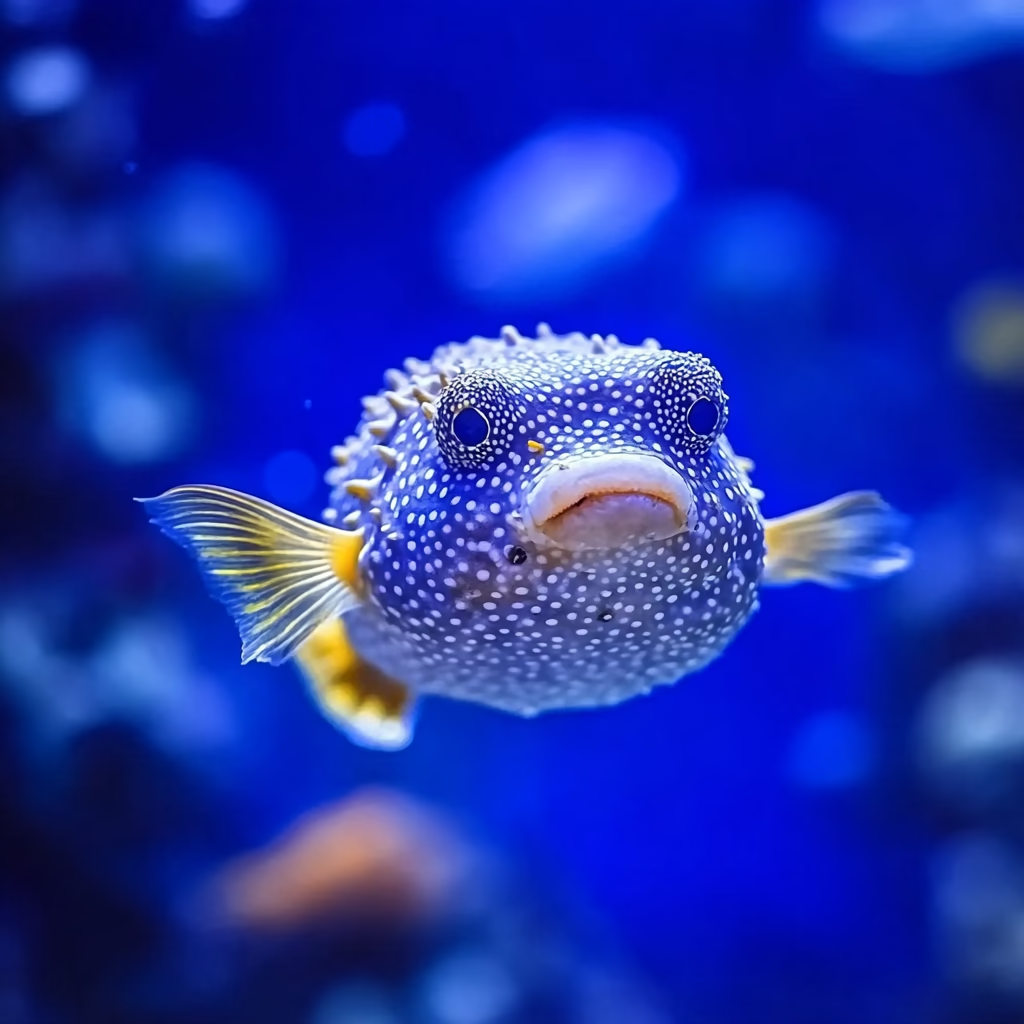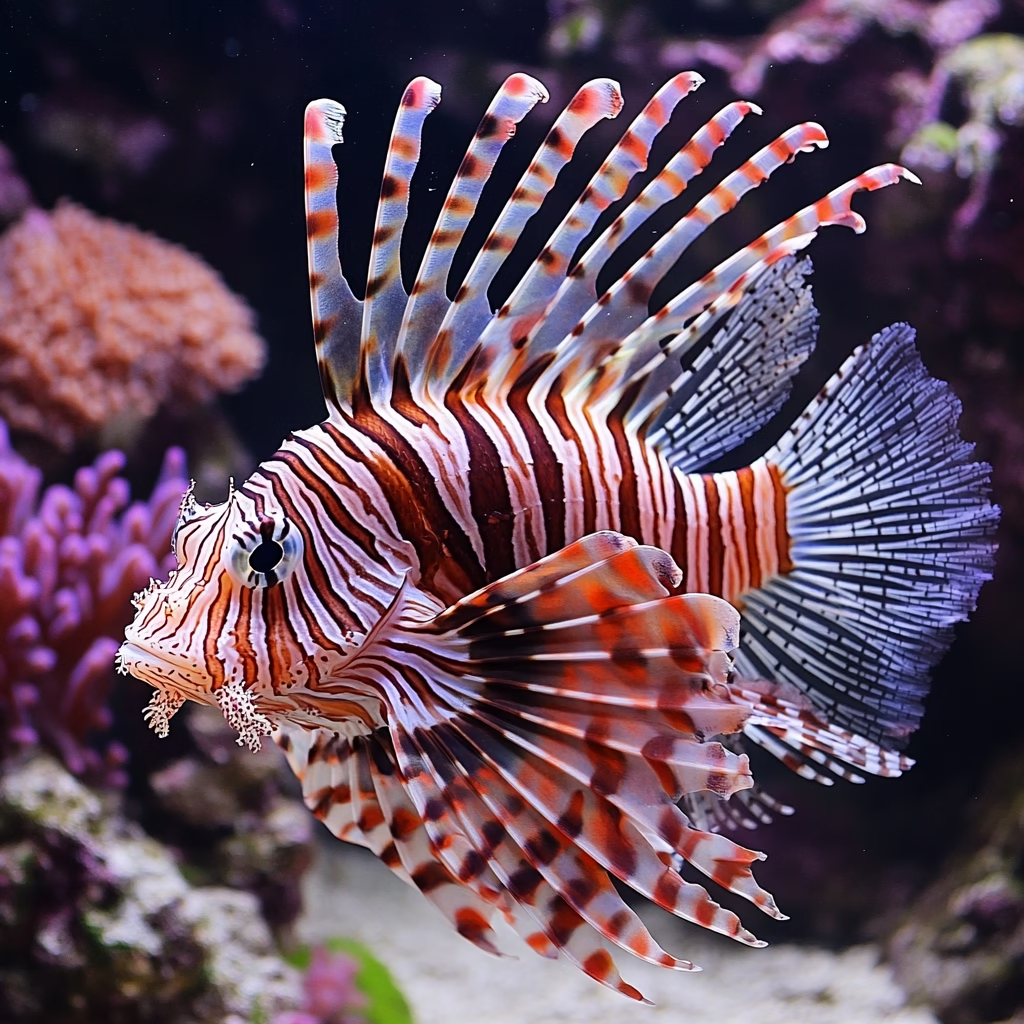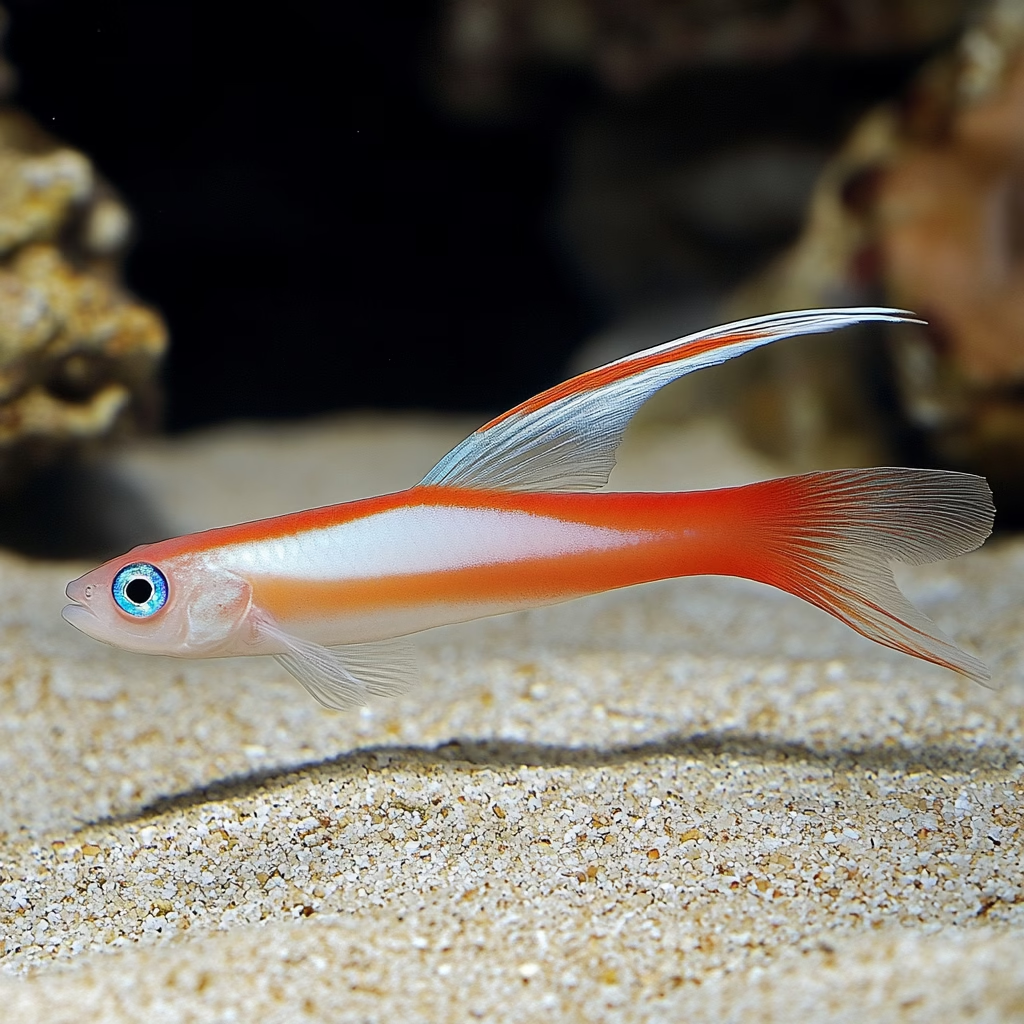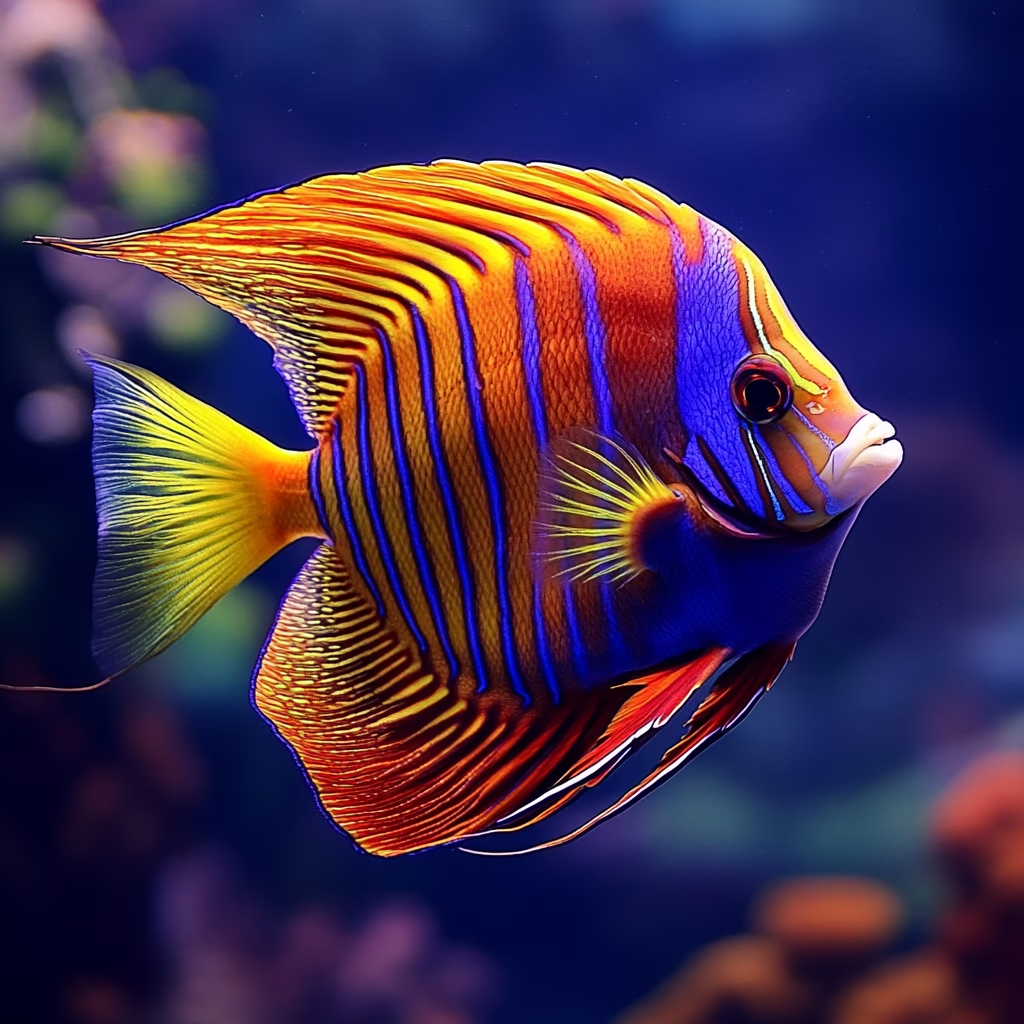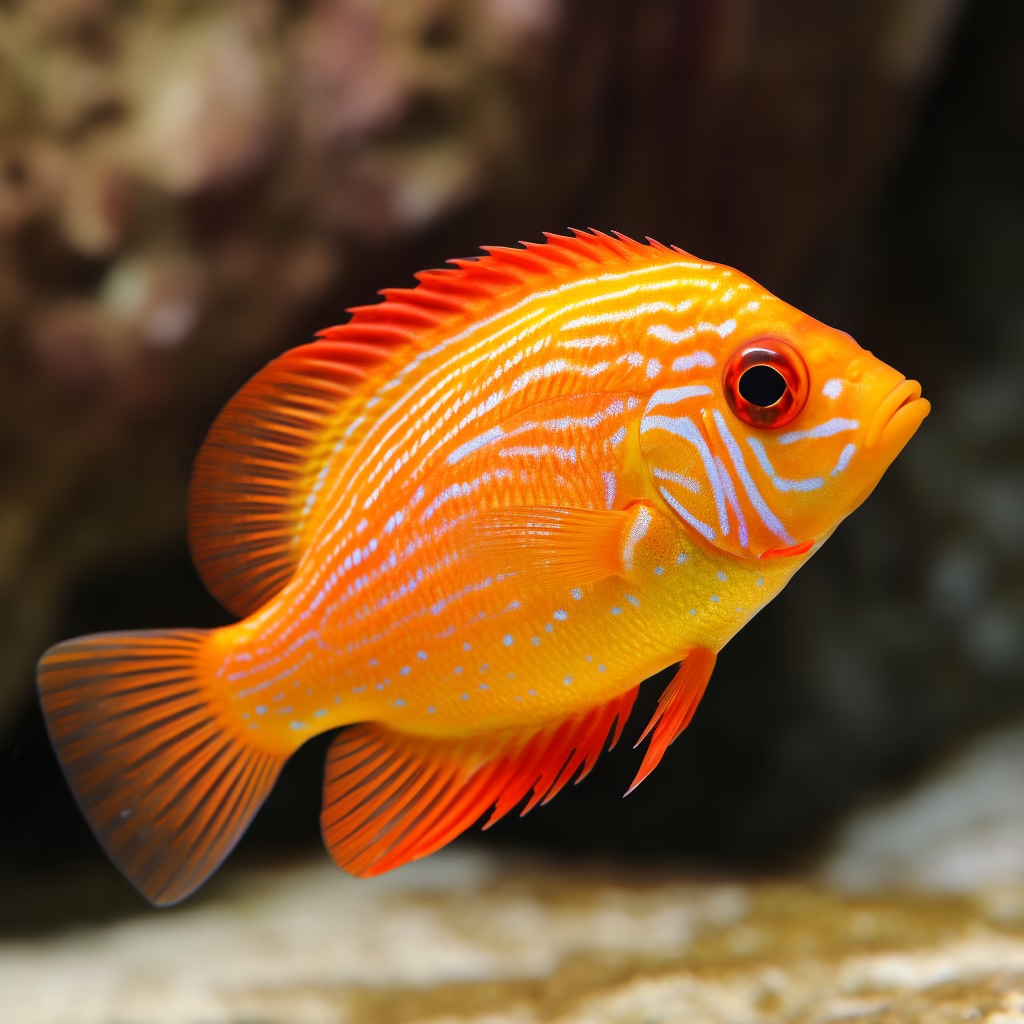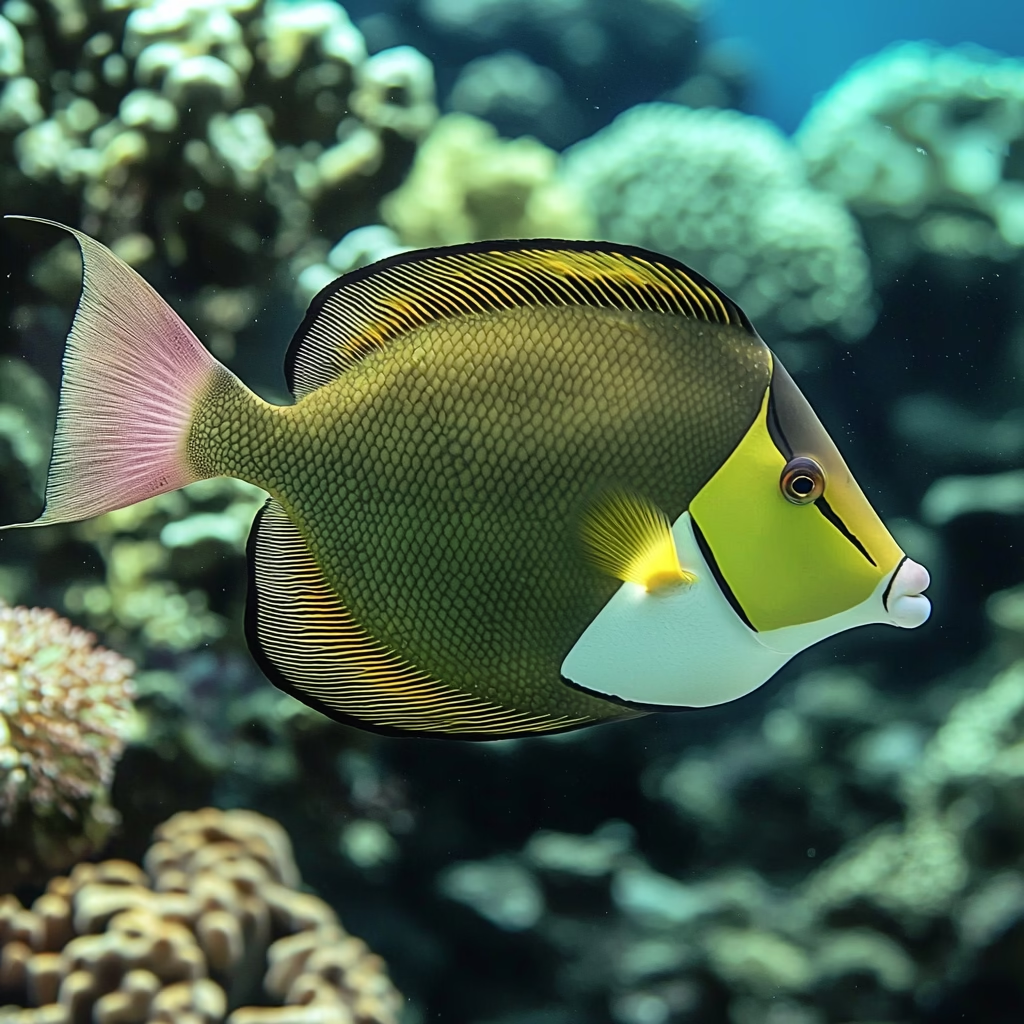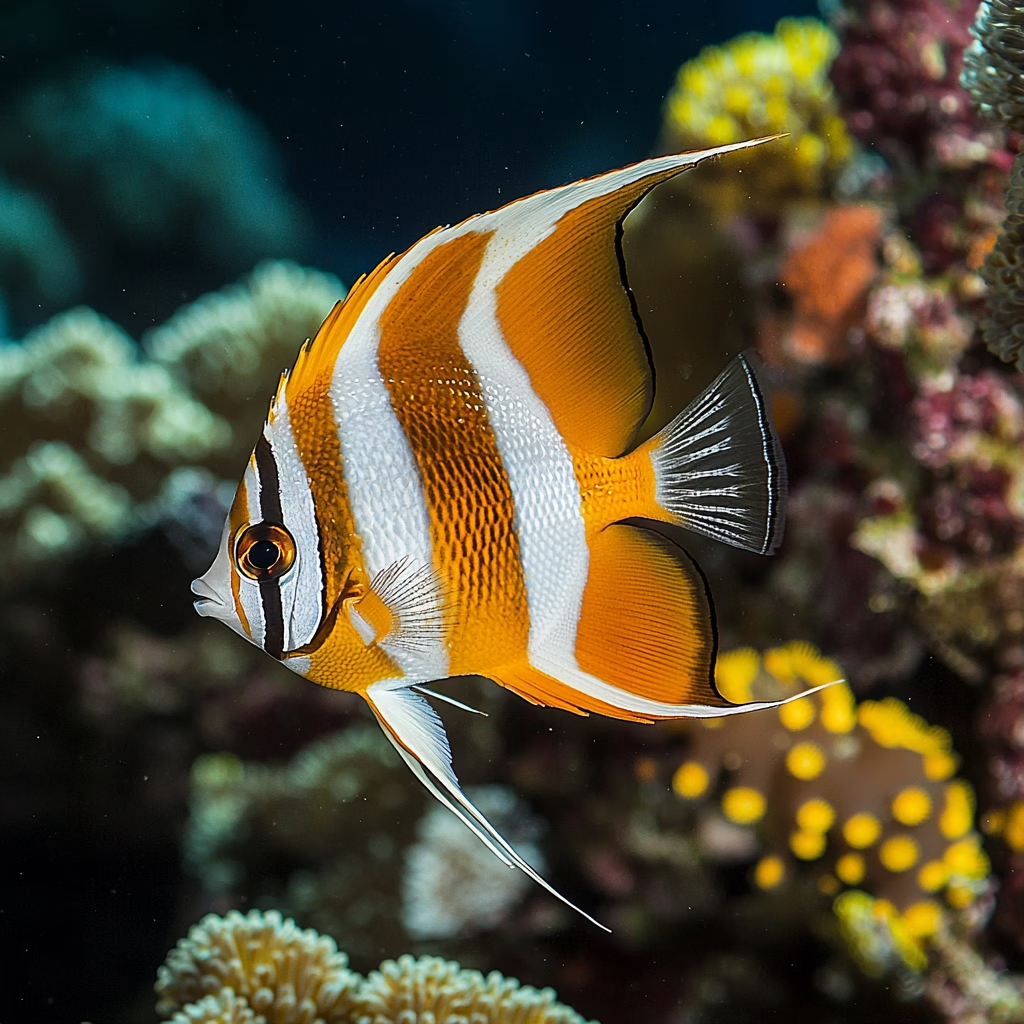Pufferfish are among the most distinctive creatures in our oceans, capturing the imagination of marine enthusiasts and casual observers alike with their remarkable ability to inflate into spiny balls when threatened. These extraordinary fish belong to the family Tetraodontidae, which includes approximately 200 species found in tropical and subtropical ocean waters around the world. From their unique defense mechanisms to their cultural significance, pufferfish represent one of nature’s most ingenious evolutionary adaptations.
The Biology Behind the Balloon: How Pufferfish Inflate
The pufferfish’s most famous characteristic is its ability to rapidly inflate when feeling threatened. Unlike many fish that rely on speed or camouflage to escape predators, pufferfish have developed a fascinating alternative strategy. When faced with danger, they quickly ingest large amounts of water (or sometimes air, if removed from water) into a specialized sac in their abdomen. This remarkable transformation can increase their size by several times in just seconds.
This inflation mechanism serves two critical purposes. First, the dramatic increase in size makes the pufferfish too large for many potential predators to swallow. Second, as they inflate, their skin stretches, causing dozens or even hundreds of small spines on their body to extend outward, creating a formidable, spiky defense barrier.
Dr. Emily Richardson, a marine biologist specializing in pufferfish physiology, explains: “The inflation response is actually quite taxing on the pufferfish’s body. It requires significant energy and temporarily impairs their swimming ability. This tells us just how important this defense mechanism is for their survival—they’re willing to make themselves temporarily vulnerable in one way to create a much stronger defense in another.”
Deadly Beauty: The Tetrodotoxin Factor
Beyond their inflatable bodies, many pufferfish species harbor another formidable defense: tetrodotoxin (TTX), one of the most potent neurotoxins found in nature. This toxin is primarily concentrated in the liver, ovaries, and skin of the fish, though levels vary significantly between species.
Tetrodotoxin works by blocking sodium channels in nerve cell membranes, effectively preventing affected cells from firing. In sufficient quantities, this leads to paralysis and potentially death. A single pufferfish can carry enough toxin to kill up to 30 adult humans, and there is no known antidote.
Interestingly, pufferfish do not produce the toxin themselves. Instead, they accumulate it through their diet, primarily from bacteria found in the animals they consume or in their environment. Pufferfish raised in captivity without exposure to these bacteria typically do not contain significant amounts of the toxin.
Pufferfish Diversity: A World of Varieties
The Tetraodontidae family encompasses a remarkable diversity of species, each adapted to specific ecological niches:
Freshwater Puffers
While most people associate pufferfish with marine environments, several species inhabit freshwater ecosystems. The figure 8 puffer (Dichotomyctere ocellatus) and the dwarf puffer (Carinotetraodon travancoricus)—one of the smallest pufferfish species at just one inch in length—have become popular in the aquarium trade, prized for their intelligence and interactive behavior.
Tropical Reef Dwellers
Species like the guineafowl puffer (Arothron meleagris) and the dog-faced puffer (Arothron nigropunctatus) are commonly found around coral reefs, where their bright colors and distinctive patterns make them favorites among underwater photographers and divers.
Open Ocean Specialists
Some larger species, such as the oceanic puffer (Lagocephalus lagocephalus), spend much of their lives in open water, covering vast distances during seasonal migrations.
Intelligence Beyond the Spines
Contrary to what their somewhat comical appearance might suggest, pufferfish are among the most intelligent fish in the ocean. They possess remarkable problem-solving abilities, can recognize human faces, and even demonstrate playful behavior—traits not commonly associated with fish.
Aquarists who keep pufferfish often report that their pets learn to recognize them, become excited at feeding time, and can even be trained to perform simple tasks. Their large eyes and brain-to-body ratio contribute to this higher level of cognition.
Marine biologist Dr. Marcus Chen notes: “When you observe pufferfish in an aquarium setting, you quickly realize these aren’t your typical fish. They watch you, follow your movements, and seem to have distinct personalities. Some are shy, while others are boldly curious. They’re constantly exploring their environment and manipulating objects.”
Cultural Significance and Human Interaction
Fugu: The Deadly Delicacy
In Japanese cuisine, pufferfish (known as fugu) represents the ultimate culinary risk and reward. Chefs must undergo rigorous training and licensing—typically requiring at least three years of apprenticeship—before being permitted to prepare this potentially lethal delicacy.
The preparation process involves meticulously removing the toxic parts of the fish while preserving the edible portions. When properly prepared, fugu is prized for its subtle flavor and unique texture. The element of danger has contributed to its mystique and exclusivity, with diners paying premium prices for the experience.
Conservation Challenges
Several pufferfish species face pressures from overfishing, habitat degradation, and collection for the aquarium trade. The ocean’s increasing plastic pollution poses a particular threat, as pufferfish may mistake plastic fragments for food, leading to health complications or toxin accumulation.
Climate change also presents challenges for pufferfish populations, as rising ocean temperatures and acidification affect their habitats, particularly those species associated with coral reefs.
Pufferfish in the Home Aquarium
Keeping pufferfish as pets requires specialized knowledge and equipment. Their intelligence means they need stimulation and space to explore. Their powerful beaks—designed to crush hard-shelled prey like crustaceans and mollusks—never stop growing, requiring a diet that helps wear them down naturally.
Most species are also highly sensitive to water quality, making advanced filtration systems necessary. Potential pufferfish owners should thoroughly research specific species requirements, as they vary significantly in size, temperament, and care needs.
Aquarist Julian Park advises: “Pufferfish aren’t beginner pets. They’re more like the exotic specialists of the aquarium world. But for those willing to invest the time and resources, they’re incredibly rewarding. There’s nothing quite like the relationship you can develop with these charismatic fish.”
Scientific Research and Medical Applications
The unique properties of pufferfish toxin have attracted significant scientific interest. Researchers are investigating tetrodotoxin for potential medical applications, particularly in pain management. Because the toxin blocks nerve signals in a highly specific way, controlled doses might provide relief for certain types of chronic pain without the addictive properties of opioids.
Scientists are also studying the pufferfish’s remarkable inflation mechanism, which could inspire innovations in deployable structures, soft robotics, and even emergency flotation devices.
The Pufferfish Life Cycle
Pufferfish reproduction varies by species, but many engage in elaborate courtship rituals. Male pufferfish of certain species create intricate geometric patterns in the sand of the ocean floor to attract females. These underwater “crop circles” can span several feet in diameter and take days to complete, representing one of the most complex artistic behaviors observed in fish.
After mating, females typically lay eggs in these nests or attach them to surfaces where the male guards them until hatching. Young pufferfish develop their inflation ability early, though juvenile puffers often rely more on camouflage than inflation for protection.
Conclusion: Nature’s Ingenious Survivors
Pufferfish represent one of nature’s most creative evolutionary solutions to the challenges of survival. Their combination of defensive inflation, potent toxins, and remarkable intelligence has allowed them to thrive in diverse aquatic environments for millions of years.
As we continue to explore and understand these fascinating creatures, they remind us of the incredible diversity of adaptations in our oceans and the importance of preserving marine ecosystems where such evolutionary marvels can continue to thrive.
Whether encountered on a coral reef dive, in an aquarium, or even on a sushi plate (for the most adventurous), pufferfish never fail to elicit wonder. Their unique biology, behavior, and relationship with humans ensure they’ll remain among the most iconic creatures of our oceans for generations to come.

